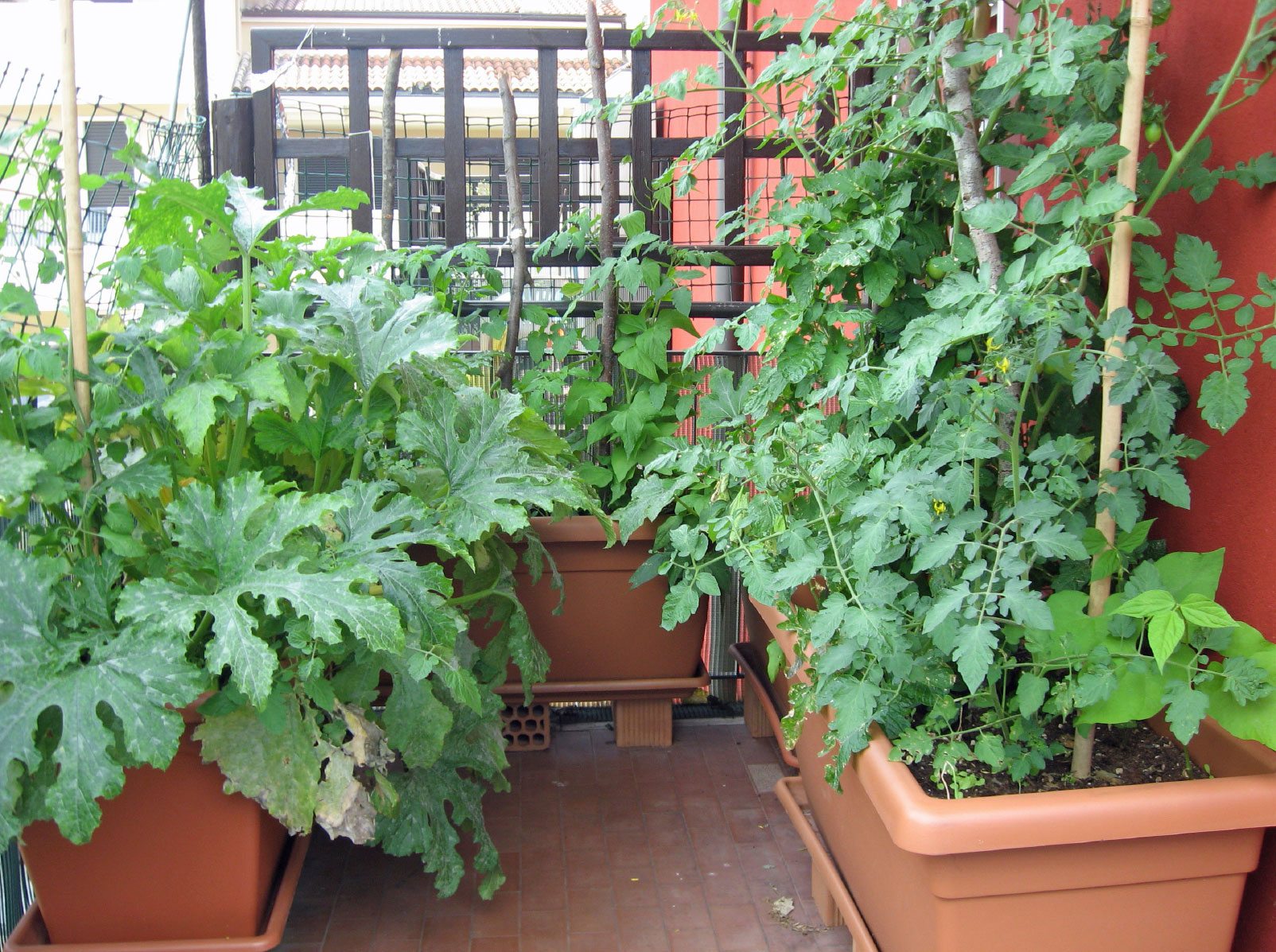City Blooming for Dummies
City Blooming for Dummies
Blog Article
What Does City Blooming Do?
Table of ContentsThe Greatest Guide To City Blooming8 Easy Facts About City Blooming ShownEverything about City BloomingThe Best Guide To City BloomingThe Greatest Guide To City Blooming
Interested in growing food to buy in the City of Chicago? Thinking of starting a community yard? Adjustments to the Chicago Zoning Regulation allow farming uses like area gardens and urban ranches in numerous parts of the city. Below is a checklist of often asked inquiries pertaining to the guidelines and regulations that farmers ought to think about when planning an urban farming job.
The zoning change does not customize any kind of various other codes taking care of composting, building authorizations, buying or leasing City possessed residential property, business licenses or ecological contamination. There are existing codes that manage these concerns and they remain in complete effect and may apply to your job. Neighborhood gardens are usually owned or handled by public entities, public organizations or community-based companies and kept by volunteers.
Urban ranches expand food that is intended to be offered, either on a not-for-profit or for-profit basis. Because of their business function, city farms need a company license. Yes. A community yard is enabled to market excess produce that was expanded on site if the sales are accessory or subordinate to the yard's primary objective defined above.
Some Known Details About City Blooming
Composting is enabled however just for plant material that is generated and made use of on website. The amount of garden compost product can not exceed 25 cubic backyards at any kind of provided time according to the standards in 7-28-715 of the City's Municipal Code. Yes. Due to the fact that the dirt at many new yard sites requires changing, garden compost, dirt, timber chips, or various other materials can be gotten to build or enhance the expanding area - urban gardening.

If a structure license is called for then the hoophouse will certainly be considered an accessory structure. You can learn more about the structure license needs by speaking to the Department of Structures. The 25,000-square-foot size restriction is intended to avoid a single neighborhood garden from dominating an offered block or detracting from the block's existing domestic or commercial character.
The restriction does not relate to yards found in Public Open Space (POS) areas. Can there be more than one neighborhood yard that is 25,000 square feet on a single block? Yes. The dimension restriction relates to private yards, not to individual blocks. No. Fence is not called for, however, yards that have large parking lot might be needed to set up secure fencing or other landscape design attributes.
The Best Strategy To Use For City Blooming
B1 & B2 areas call for that all commercial usage tasks be conducted inside your home. Is fence required for metropolitan ranches? Fencings may be needed, along with landscaping and testing, for certain car park areas and exterior work or storage space locations depending on location and the details task taking place.
Yes. Urban ranches call for structure licenses and zoning authorizations before construction. Other types of city evaluation might be needed depending upon certain frameworks, tasks, dimension, landscape design, licensing, public health and stormwater monitoring issues. Numerous of these demands are determined in the task layout or allowing procedure, nonetheless, the candidate might be liable to individually recognize specific licenses or allows that might be called for.
The Department of Organization Affairs and Consumer Protection can aid determine the particular type of service license that's needed. Off road car parking is needed for the majority of industrial projects in Chicago. The needed number of vehicle parking areas is based on the number of employees functioning on site and not the square video footage of the expanding room.
Not known Details About City Blooming

A city ranch can sell compost material produced on website, nonetheless, the operation should conform with the laws in 7-28-715 of the Chicago Municipal Code. Aquaponic systems are allowed inside your home on metropolitan farms in lots of zoning districts.
As much as five hives or nests of honey might be kept as an accessory usage. Beekeepers need to register with the Illinois Division of Farming. For even more details concerning the recommended zoning change you may contact the Division of Real Estate and Economic Development, Bureau of Planning and Zoning at 312.744.8563.
, which takes place in country locations at the side of suburban areas.
The Best Strategy To Use For City Blooming
, that seek to create social networks founded on a common principles of nature and community holism. These networks can establish by means of formal institutional assistance, becoming integrated right into local town planning as a "change town" movement for lasting urban growth.
Some of the very first evidence of city farming comes from Mesopotamia.
Report this page